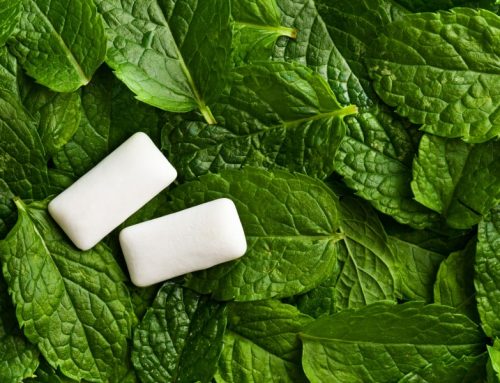Mouth piercing and dental jewelry have become part of the culture of today's young (and not so young) people. But the widespread popularity of this practice doesn't eliminate the consequences it has on teeth, gums and overall health.
Because mouth piercing involves unavoidable risks.
Perforating the skin is not a harmless act [1] [2] [4] [5]
Pierced skin systematically increases the chances of contracting infections. This is true whether you have a cut on your finger or a puncture on your calf.
The mouth is a warm, moist place, naturally home to thousands of bacteria. By definition, perforating this area makes it more susceptible to infection.
It's not impossible for the piercing to affect the tongue, lips and inside of the cheeks and chin, as these are criss-crossed by multiple blood vessels and nerves.
Complications specific to oral piercing
Localized pain, hematoma, swelling and benign infection are generic consequences of body piercing.
The Ordre des hygiénistes dentaires du Québec also mentions the following potential hazards:
- Severe infection with pus and fever
- Predisposition to systemic infections such as tetanus, HIV and hepatitis B and C
- Anaphylactic shock or metal poisoning
- Septicemia, or transmission of bacteria to vital organs via the bloodstream
- Pathological scarring
In the mouth, tissues, nerves and blood vessels can be torn. The result:
- Severe, uncontrollable bleeding
- Paresthesia (loss of feeling or numbness)
Oral consequences of piercing
- Gingival recession
- Increased tissue volume around the stem
- Dental trauma: enamel wear, fracture, sensitivity
- Alteration of tooth position caused by slight pressure of the jewel on the teeth
- Language mobility
What about dental jewelry?[3][4]
Dental jewelry is also a trend. The most discreet is the rhinestone, a small diamond glued to the visible surface of a tooth. Slightly more voluminous, the Twinkle takes on a variety of shapes: star, heart, dolphin, etc.
These ornaments are cemented with the same surgical adhesive used to secure orthodontic braces.
The setting does not damage the enamel and is not permanent; the jewel can be removed at any time and will leave no trace.
Risks associated with dental ornaments
- Jewel can be swallowed if dropped unexpectedly
- Plaque build-up around the stone
- Persistent bad breath due to accumulation of bacteria
- Irritation or damage to surrounding mucous membranes: inside of lips, tongue
Important recommendations
Ordre des dentistes du Québec [4] does not recommend dental jewelry or oral piercings. But if you wish to go ahead with such a procedure, don't hesitate to discuss it with your dentist. He or she can advise you on how to avoid unfortunate situations.
Precautions :
- A dental ornament must be fitted and removed by a qualified dentist.
- Make sure your drilling technician has the required skills
- Your buckle must be made from surgical steel, to avoid rejection and the risk of allergy.
- The treated area must be properly disinfected
- Tools used for the procedure must be single-use and sterilized.
- The drilling room must be sanitized
The decision to proceed must be preceded by a thorough assessment of the possible risks associated with piercing.
Following such a procedure, oral hygiene must be rigorous and meticulous, not only for the sake of dental health, but also to prevent the complications mentioned above.
Sources :
[1] Doctissimo. Medical review 2015. Updated 2019 - Press release from Doctor Jean-Baptiste Kerbrat, General Secretary of the French Orthodontics Federation - Fédération Française d'orthodontie - May 2009.
[2] https://www.dentaly.org/dents-adolescents/piercing-complications/
[3] https://www.dentaly.org/dents-adolescents/bijoux-dentaires/





Leave A Comment
You must be logged in to post a comment.